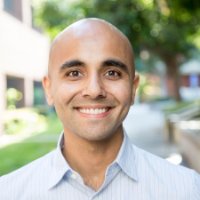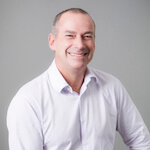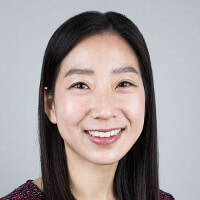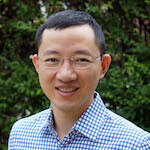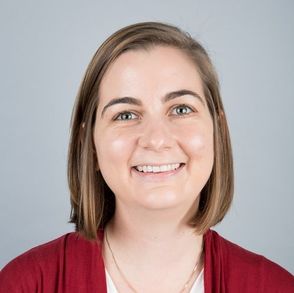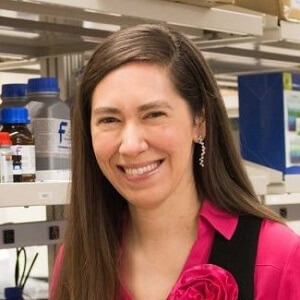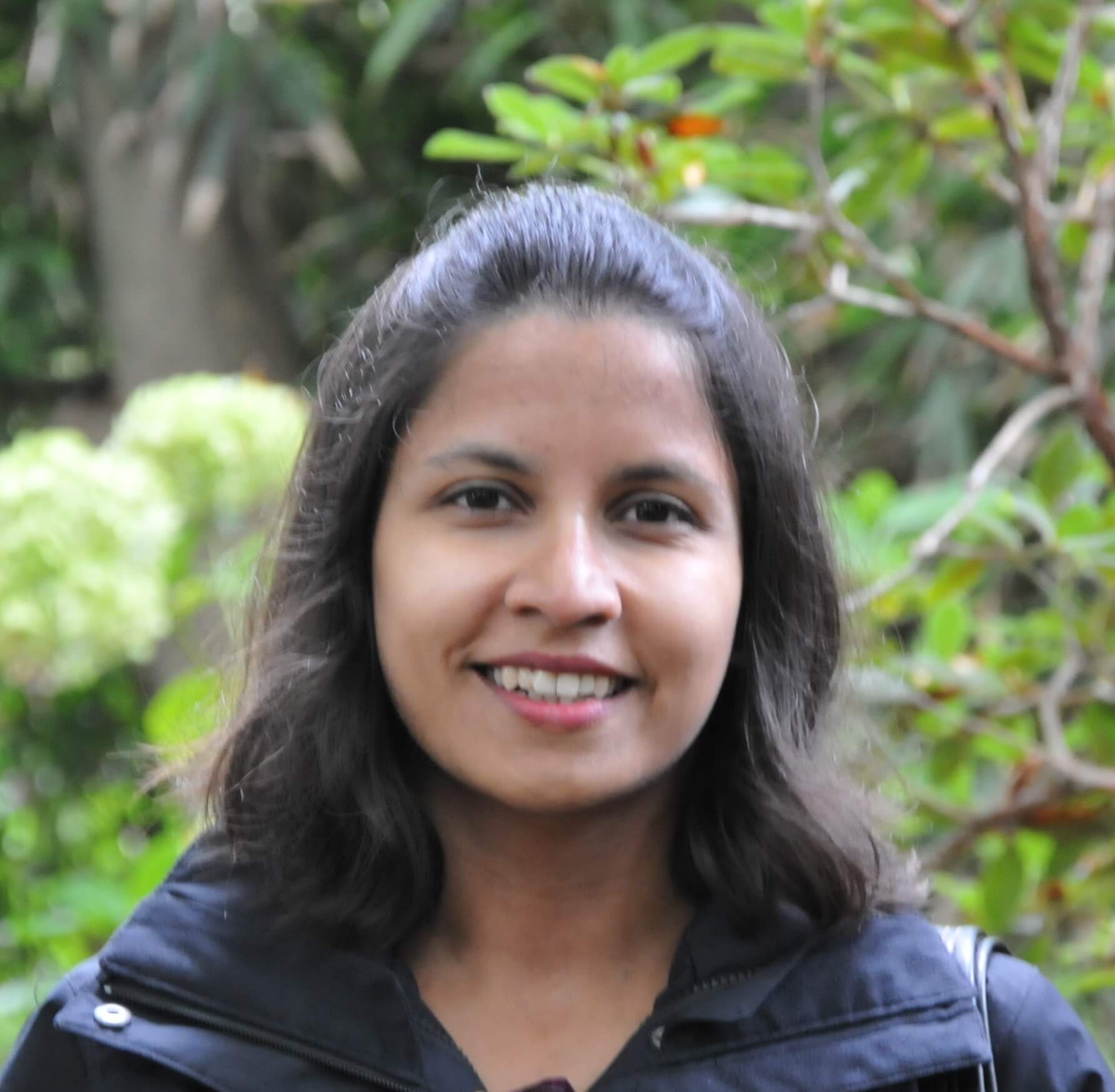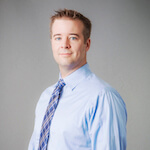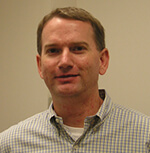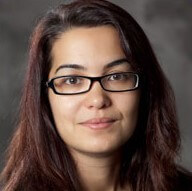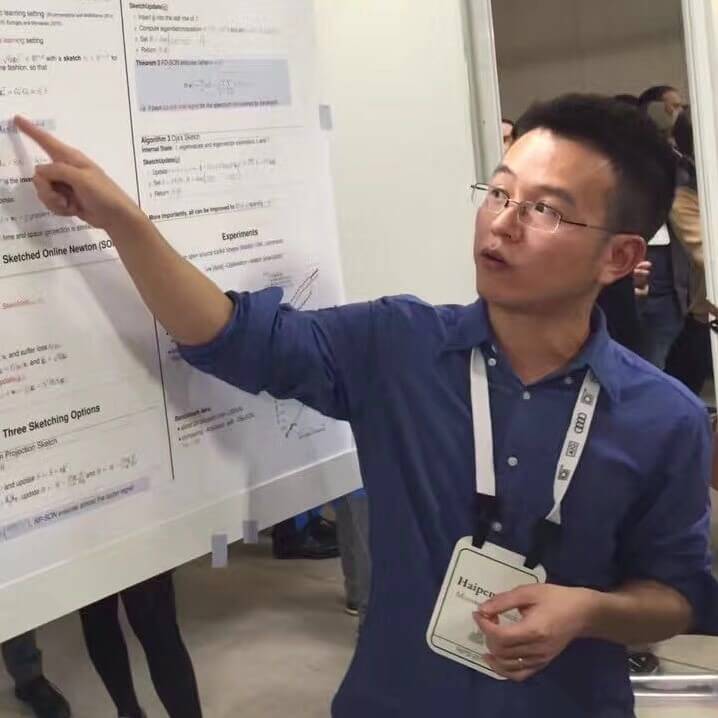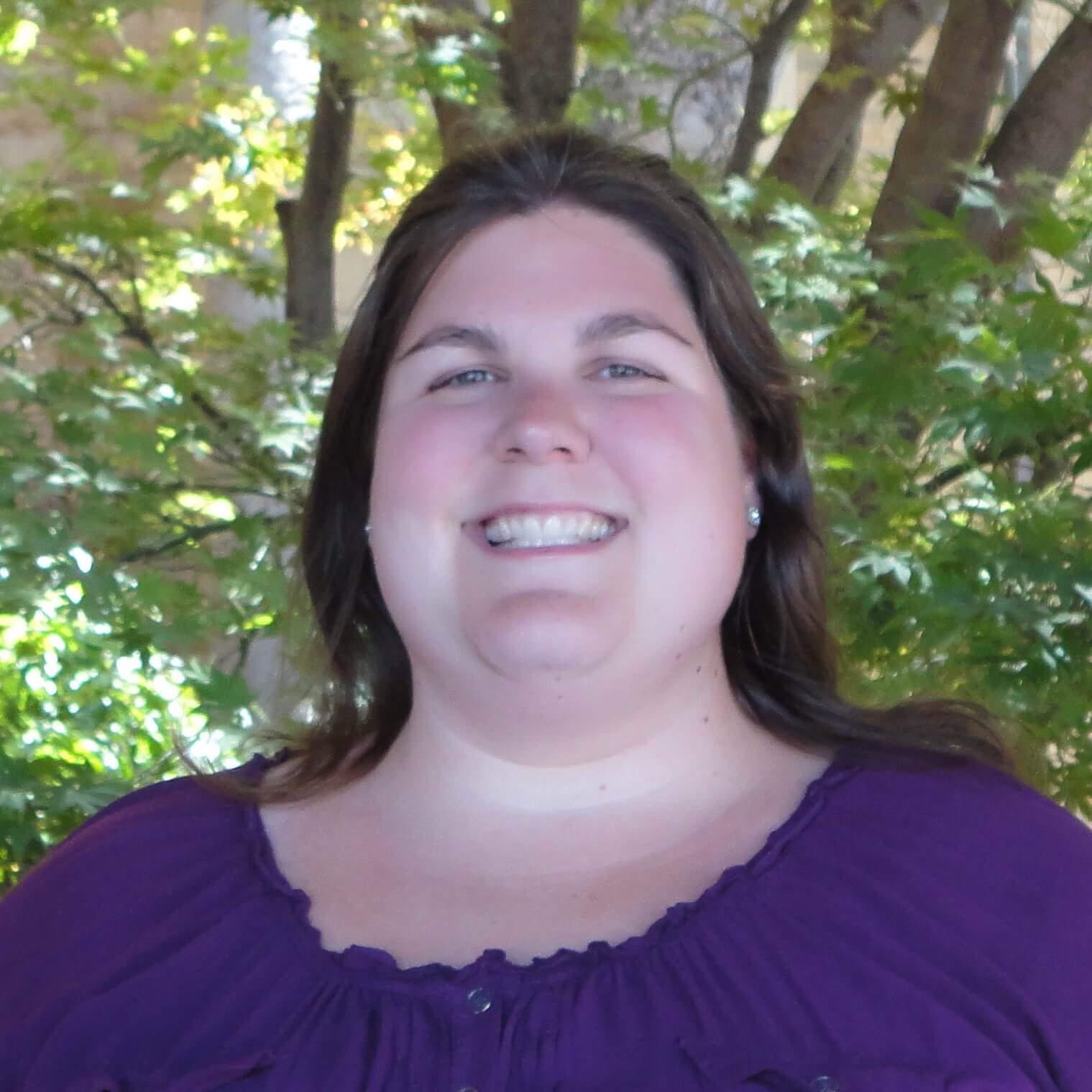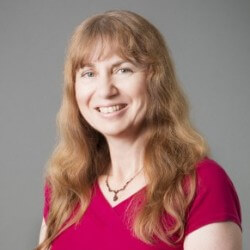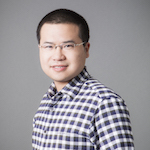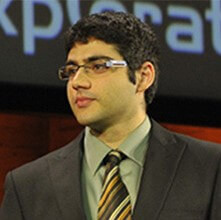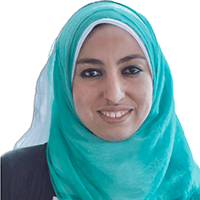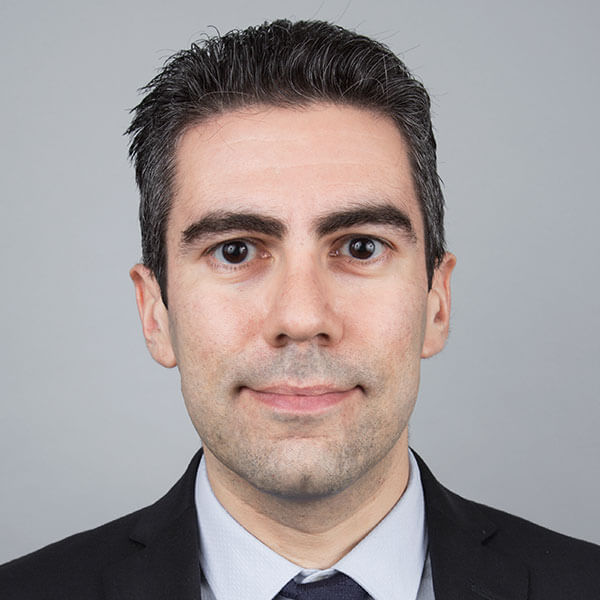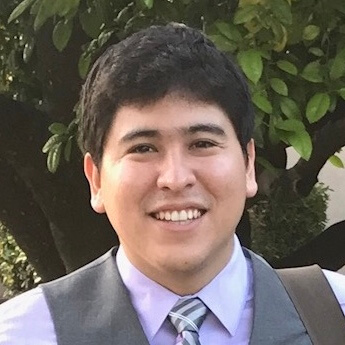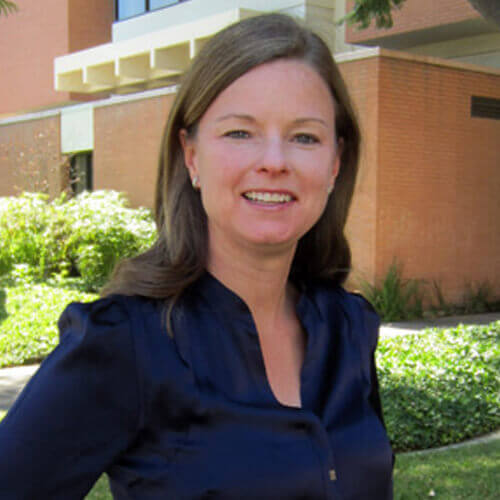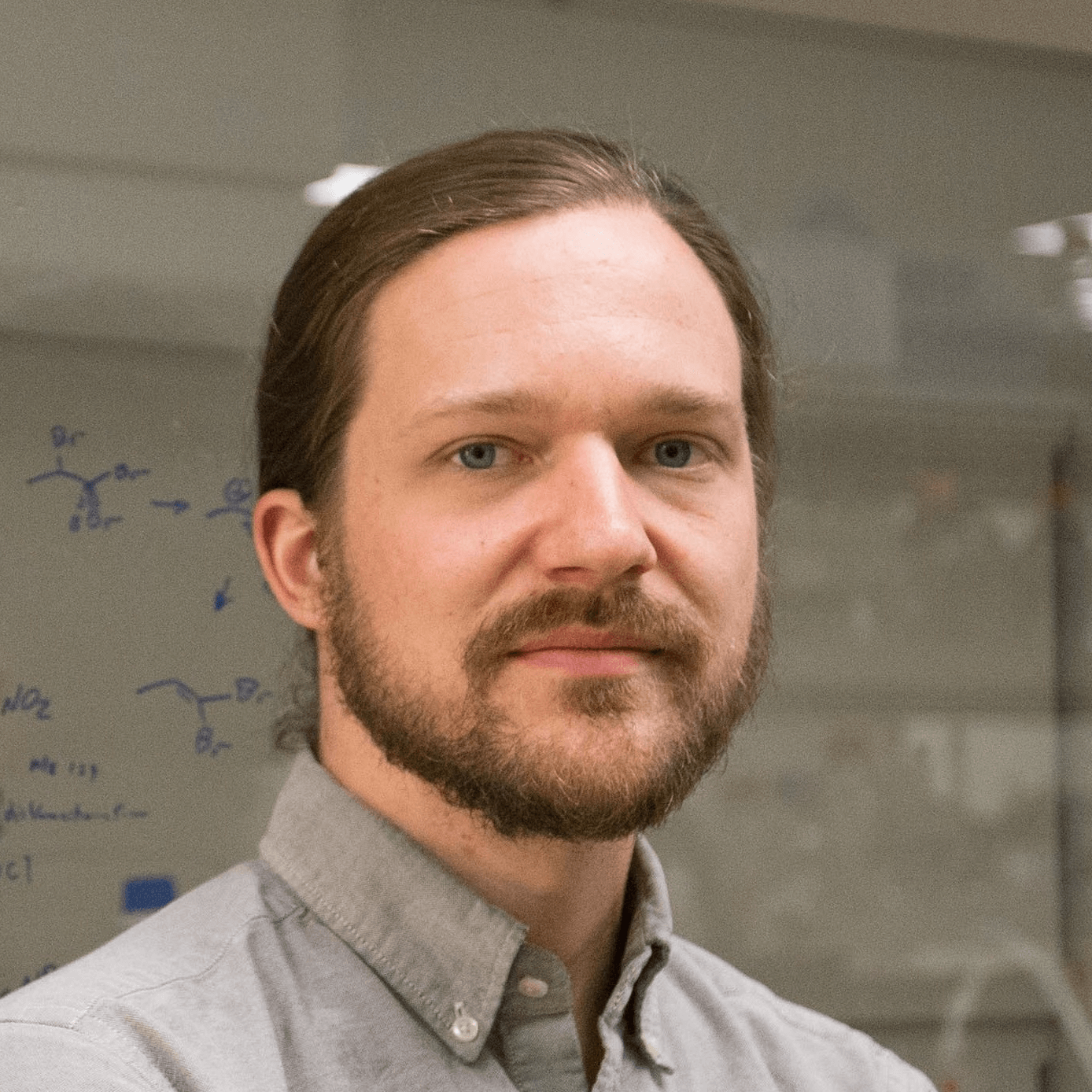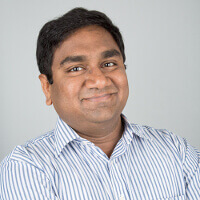SHINE professors...
Aerospace Engineering
Civil Engineering
Electrical Engineering
Environmental Engineering
Material Science
Mitul Luhar
Dr. Mitul Luhar joined the Department of Aerospace and Mechanical Engineering at USC as Assistant Professor in January 2015. Dr. Luhar's research can be classified into two major themes:
(i) turbulent flows interacting with complex (e.g. rough, porous, compliant) surfaces, and (ii) interaction between flow and flexible structures. This work addresses open problems in aero- and hydrodynamic design, flow control, environmental science, as well as physical biology, and involves a combination of laboratory experiments and theory.
Back to Top
Geoff Spedding
Dr. Geoff Spedding received his Ph.D. in 1981 from the University of Bristol, England. His current research has three themes: (i) Geophysical Fluids: particularly the evolution of turbulence in oceans and atmospheres, and its relation to the persistence of wakes of islands and submarines; (ii) Advanced imagining and data analysis including accurate particle imagining velocimetry (PIV) techniques and novel 2D wavelet transforms and interpolation routines for scattered data; (iii) Aerodynamics of small flying devices, especially those where birds and bats coexist in engineering design space.
Back to Top
Eun Ji Chung
Dr. Eun Ji Chung's lab utilizes self-assembly, molecular design, and tissue engineering to generate biomaterial strategies to address the limitations of clinical solutions. One primary focus of our research involves the design and application of self-assembling, peptide amphiphile micelle nanoparticles for cardiovascular and cancer theranostics. Through targeting elements, micelles are tailored to directly bind to sites of diseased tissue for enhanced efficacy, while limiting side effects to normal tissues.
Back to Top
Keyue Shen
Dr. Keyue Shen earned his Ph.D. degree (with Distinction) in Biomedical Engineering in the Department of Biomedical Engineering at Columbia University in 2010. His research group aims to develop biologically inspired in vitro platforms to capture the scale of cell signaling in tissue microenvironments from subcellular to tissue levels, and discover novel therapeutics for human diseases. His team is particularly interested in developing integrated techniques for subcellular biosensing and modulation of T cell activation, and creating microfabricated models of cancer microenvironments.
Back to Top
Megan McCain
Dr. Megan Megan earned her BS in Biomedical Engineering at Washington University in St. Louis and her PhD in Engineering Sciences at Harvard University. the Laboratory for Living Systems Engineering fabricates micro-scale mimics of native human tissues that provide meaningful physiological outputs with scalability and reproducibility. We focus primarily on cardiac and skeletal muscle.
Back to Top
Burcin Bercerik-Gerber
Dr. Becerik-Gerber has expertise in advanced applications of information technology in the field of architecture, engineering and construction. Becerik-Gerber’s research explores how building and infrastructure project information can be captured early in the process and can be carried and used throughout a project’s life-cycle — from concept to implementation, to operation and management, and ultimately to the grave.
Back to Top
Han Wang
Dr. Han Wang joined Ming Hsieh Department of Electrical Engineering as an Assistant Professor in August 2014. His team's research is at the intersection of nano-electronics, nanophotonics and materials science, exploring topics such as:1. Advanced nanoelectronic materials for communication, sensing and energy applications
Science and technology of novel nanomaterials, e.g. black phosphorus, MoS2, WSe2, graphene, hBN, etc.2. Energy-efficient electronics, optoelectronics and their interface with biological systems. 3.New materials for THz electronics and power electronics application.
Back to Top
Rehan Kapadia
Dr. Rehan Kapadia joined the faculty of the University of Southern California in the Ming Hsieh Department of Electrical Engineering in July 2014. His interests lie at the intersection of material science and electrical engineering. Specifically in researching the next-generation electronic and photonic devices as well as the material growth techniques necessary to fabricate these devices.Notably, he has developed new techniques for growing and integrating compound semiconductors with arbitrary substrates. He has authored over 30 journal articles and holds multiple patents.
Back to Top
Adam Smith
Dr. Adam L. Smith received his Ph.D. in Environmental Engineering from the University of Michigan in 2014. Dr. Smith's research focuses on anaerobic biotechnologies such as anaerobic membrane bioreactors that are capable of matching treatment performance of existing aerobic systems while generating methane-rich biogas, a renewable energy resource. These systems also generate an effluent rich in nutrients creating opportunities for non-potable agricultural reuse.
Back to Top
Amy Childress
Dr. Amy Childress joined the Civil and Environmental Engineering (CEE) Department in summer 2013 as professor and director of CEE's environmental engineering program. Dr. Childress' research addresses the global challenge of fresh water scarcity. Her current research interests focus on membrane contactor processes for innovative solutions to contaminant and energy challenges; pressure-driven membrane processes as industry standards for desalination and water reuse; membrane bioreactor technology; and colloidal and interfacial aspects of membrane processes.
Back to Top
Jayakanth Ravichandran
Dr. Jayakanth Ravichandran is an Assistant Professor in the Department of Chemical Engineering and Materials Science at University of Southern California, Los Angeles. His research group focuses on synthesis, characterization, transport properties of complex materials especially oxides and chalcogenides. Typical synthesis procedures used are thin film growth using pulsed laser deposition, bulk ceramic processing, and crystal growth techniques.
Back to Top
Published on May 17th, 2017
Last updated on May 1st, 2019


